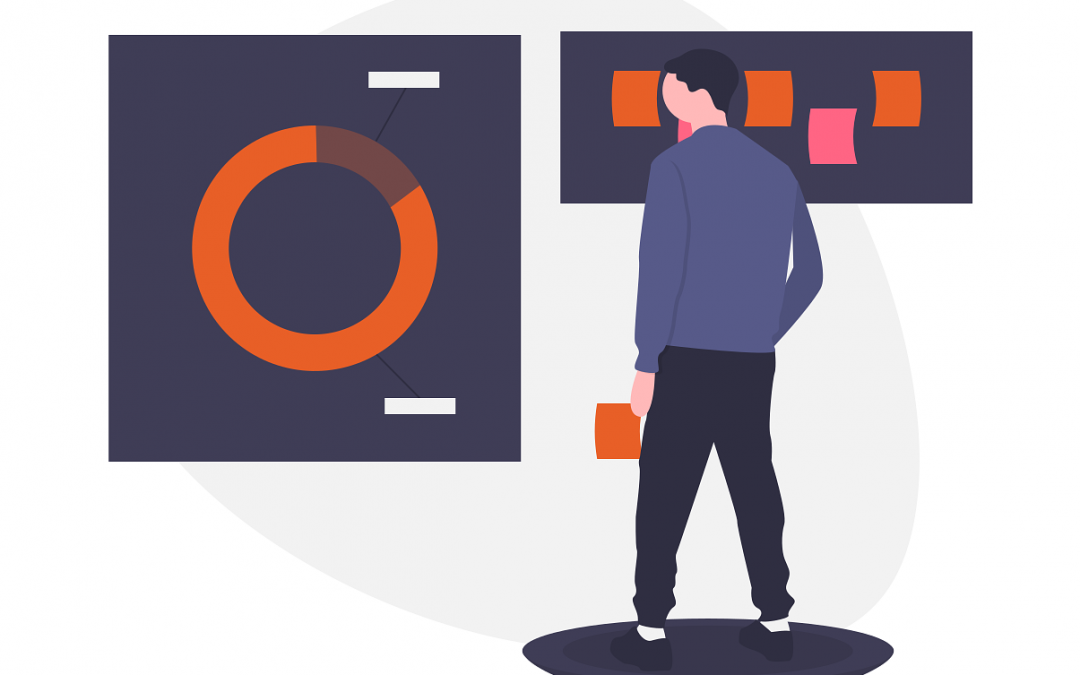In our last blog post Why Pricing is Crucial for You, Your Customer and Your Company, we have discussed why pricing is the number one profit driver of business and what you need to consider around pricing. Now we introduce you the concept of price-demand curves in a 2-part series. Let’s start with the basics, before diving in deeper next week.
One of the biggest secrets to success in business is knowing how to set prices. While pushing up prices can seem a great way to boost profits, increase them too much and you will drive away customers. Before deciding on a pricing strategy, business owners need to understand the relationship between price and demand, and how one affects the other. The Demand Curve, which models customer demand against price fluctuations, is one very useful tool for bringing this understanding into pricing decisions.
For certain companies in certain industries, price increases seem to have little impact on how much consumers want to buy their products. Apple, for example, has consistently pushed up the price of each new iPhone release, so much so that the latest handsets now top €1000. Despite only having a 12.1% share of global smartphone sales in 2016, Apple was still able to take 91% of the market profits.

When Netflix hiked its subscription rates between 13% and 18% in January 2019, the company’s stock leapt 6.5%. No one expected even these considerable price increases to have any negative effect on the brand.
But these companies are the exception rather than the rule. Figures show that a tiny minority of companies — as few as 3% — manage to hit annual targets on price increases intended to bolster profits. In other words, 97% of planned price increases fail.
Why? Because, as a rule of thumb, when prices go up, sales volumes fall. Customers generally don’t like paying more for goods and services and are highly motivated by value when they make purchasing decisions.
This inverse relationship between price and demand is described by a model known as the demand curve. The demand curve is used to predict just how much of an impact raising or lowering prices is likely to have on demand, and is therefore a crucial tool in establishing pricing strategies.
If the impact of a price rise on demand is relatively low, businesses are still able to profit from them — this is what brands like Apple and Netflix, for a variety of factors, have been able to achieve. But if even a modest price increase is likely to lead to sharp decline in demand, it risks putting overall profitability at risk.
So what does the demand curve model actually describe? To fully understand its implications, we must look first at the economic principles which underpin it.
the law of supply and demand
The concept of the demand curve has its origins in the law of supply and demand. One of the fundamental principles of market economics, this law states that, all other factors being constant, commodity prices will increase when supply is low and/or demand is high.
Flip this around and the law also shows that demand, or the quantity of a product bought, is a function of price. Assuming supply is stable/high, an increase in price will cause consumers to buy less of a product while, conversely, a fall in price will lead them to buy more.
What this law captures is consumer attitudes to value. If supply is low or demand outstrips supply, people are prepared to pay more for a product they want or need rather than not have it at all. But if supply remains good — which means consumers will be able to find equivalent goods or services elsewhere — they are less likely to be prepared to pay more because they see no value in doing so. Similarly, if prices go down while supply is constant, consumers respond to the better value on offer by buying more.
demand curves
The relationship between supply, demand and price can be represented as two curves on a graph — one curving upwards to plot the relationship between supply and price, one curving downwards to show the relationship between demand and price. For the purposes of this article, we will put supply to one side and consider only the relationship between demand and price.

Demand curves are used to forecast how changes in price will impact on demand, and therefore to inform pricing strategy. They are drawn with price on the vertical axis and quantity on the horizontal axis. In almost all cases, the line/curve will slope down from left to right as this indicates the inverse relationship between price and demand. The exact shape of the line/curve will vary from market to market, product to product and brand to brand. Interpreting the shape and position of the curve gives businesses important insights into the impact pricing fluctuations may have on revenue and therefore on profitability.
. . .
In the next blog post, we will dive deeper into the topic of demand curves and explain its role for making pricing decisions.
th!nkpricing is a brand of Smart Pricer. We are making professional pricing accessible to everyone by offering a platform to understand, simulate, and optimize your pricing with machine learning-driven algorithms and advanced demand prediction.
Want to stay in the loop and become a #pricinghero? Subscribe to our thinkpricing newsletter to not miss any upcoming blog post.

